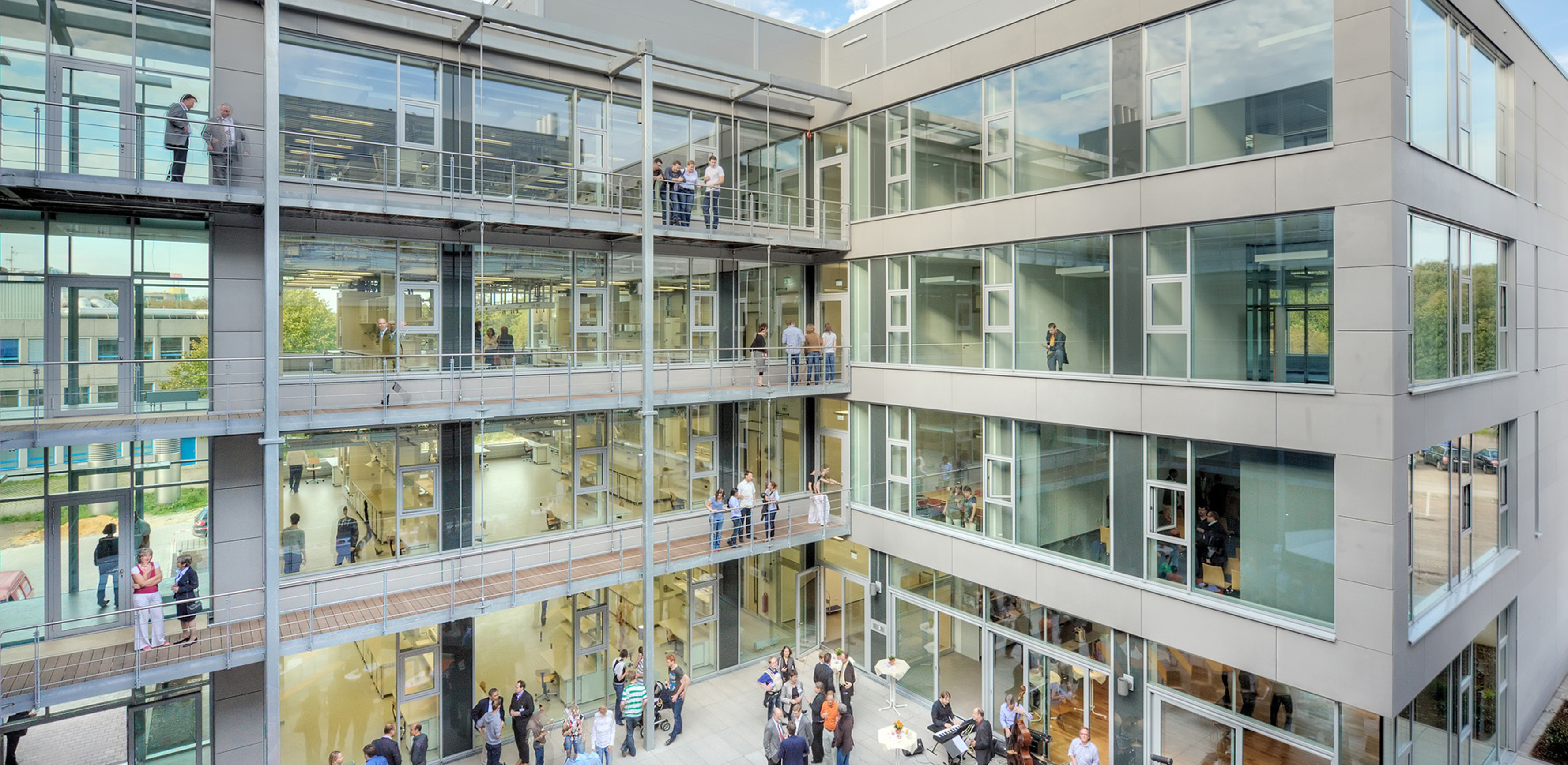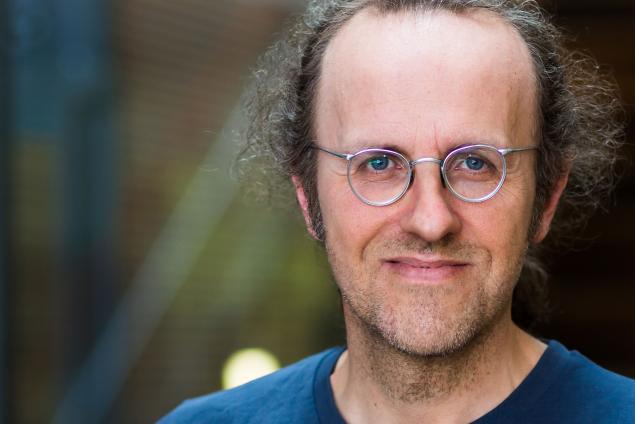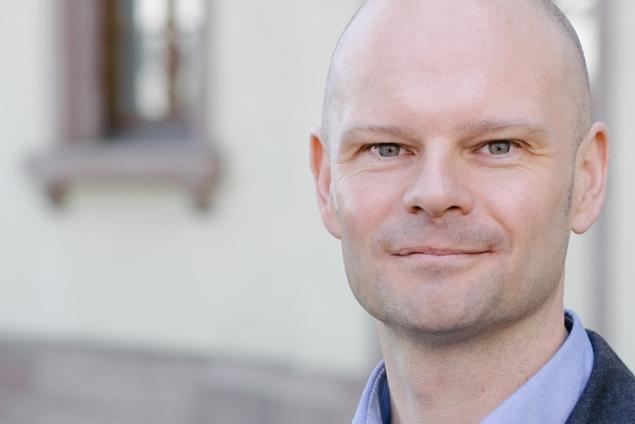Scroll to Section:
In the 1980s researchers showed that damaged nerves in the spinal cord have the ability to regrow. Chemical engineers contribute to the field of spinal cord repair by developing biomaterial scaffolds that support cell and nerve growth inside the body after an injury. In the research project explained by LAURA DE LAPORTE in this video, such scaffolds were developed and tested: The special architecture of the developed structures uses oriented channels to guide the nerves to grow across the site of injury. Moreover, delivering DNA via the scaffolds resulted in growth of specific proteins that further stimulated the nerve cells to grow.
The research project shows that the developed scaffolds can be used twofold: As an architecture, a physical help for the nerves to grow, but also to deliver significant crucial growth factors that are necessary to further stimulate spinal cord repair.
The research project shows that the developed scaffolds can be used twofold: As an architecture, a physical help for the nerves to grow, but also to deliver significant crucial growth factors that are necessary to further stimulate spinal cord repair.
DOI:
https://doi.org/10.21036/LTPUB10192
Institution

DWI – Leibniz Institute for Interactive Materials
Research at DWI – Leibniz-Institut für Interaktive Materialien e.V. (DWI – Leibniz Institute for Interactive Materials) focuses on the development of materials with active and adaptive properties, after being founded in 1952 with an original emphasis on keratin research and protein chemistry. The capability for active adaptation and interactivity is one of the most profound challenges of today’s materials research and will ultimately lead to the evolution of structural via functional to intelligent materials. At DWI scientists with backgrounds in polymer sciences, biotechnology and chemical engineering closely collaborate on mastering this challenge.
The research approach at DWI is based on integrating molecular components, whose structure and dynamics are orchestrated by complex interactions on various length scales, into macroscopic materials, devices and in the end systems. For exceeding the passive functionalities of existing materials, DWI researches on switchable material properties, the application of memory effects, the integration of energy conversion systems, as well as on internal feedback mechanisms. Beyond materials aspects the DWI team aims at an integration of active characteristics into interacting material systems. The fields of application are diverse, dealing with surface finishing, biomedical technology, biotechnology and sustainable chemical engineering. ( Source )
Show more
Original publication
Plasmid Releasing Multiple Channel Bridges for Transgene Expression after Spinal Cord Injury
Molecular Therapy
Published in 2009
Reading recommendations
Neural Tissue Engineering: Strategies for Repair and Regeneration
Annual Review of Biomedical Engineering
Published in 2003
Multiple-Channel Scaffolds to Promote Spinal Cord Axon Regeneration
Biomaterials
Published in 2006
The Fabrication and Characterization of Linearly Oriented Nerve Guidance Scaffolds for Spinal Cord Injury
Biomaterials
Published in 2004
Combining Peripheral Nerve Grafts and Chondroitinase Promotes Functional Axonal Regeneration in the Chronically Injured Spinal Cord
The Journal of Neuroscience
Published in 2008
Aligned Neurite Outgrowth and Directed Cell Migration in Self-Assembled Monodomain Gels
Biomaterials
Published in 2014
Engineering the Growth Factor Microenvironment with Fibronectin Domains to Promote Wound and Bone Tissue Healing
Science Translational Medicine
Published in 2011
Remote Magnetic Orientation of 3D Collagen Hydrogels for Directed Neuronal Regeneration
Nano Letters
Published in 2016
Self-Assembling Nanofibers Inhibit Glial Scar Formation and Promote Axon Elongation after Spinal Cord Injury
The Journal of Neuroscience
Published in 2008
Beyond
A Ground-breaking Scientific Revolution
An Alarming Challenge for Society
If I Had a Second Life
A Personal Reading Recommendation




